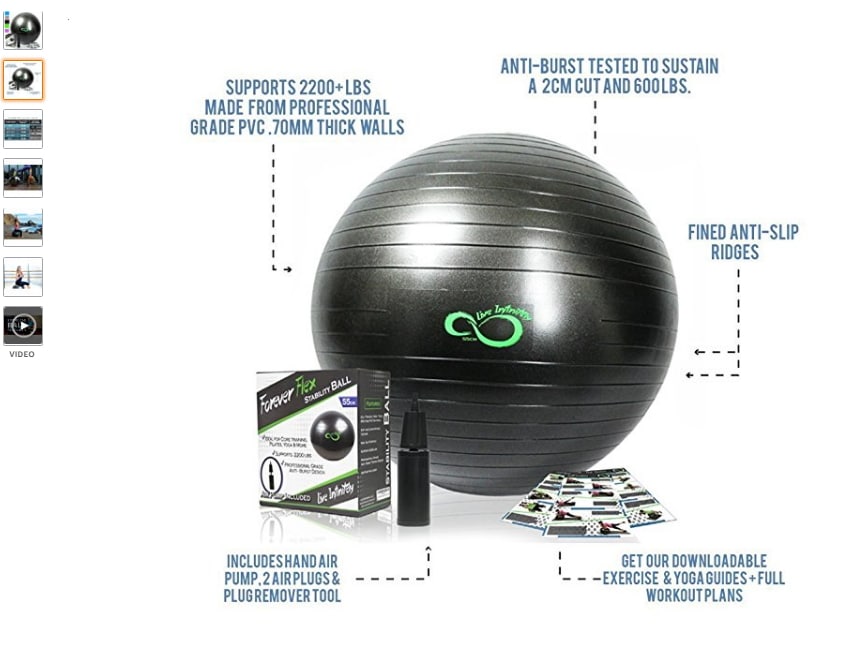Join Us To Find Essential Photography Tips That Will Unlock Your Cam'S Capacity-- Prepare To Record Stunning Photos Quickly!
Join Us To Find Essential Photography Tips That Will Unlock Your Cam'S Capacity-- Prepare To Record Stunning Photos Quickly!
Blog Article
Write-Up Writer-Lindgreen Monroe
When you first grab your cam, it can really feel overwhelming with all the setups and options readily available. You may find yourself asking yourself just how to navigate aperture, shutter speed, and ISO properly. Mastering these principles is important, but there's more to digital photography than simply technical knowledge. Understanding structure methods and illumination conditions can elevate your pictures dramatically. So, what happens if you could learn easy methods to improve your abilities and begin catching outstanding photos quicker than you think? Allow's discover how to transform your digital photography trip.
Comprehending Camera Setups
Comprehending your camera settings is crucial for catching magnificent photos. When you pick up your cam, acquaint yourself with the 3 main settings: aperture, shutter speed, and ISO. Each plays a vital duty in how your pictures end up.
Start with aperture, which manages the quantity of light going into the lens. A larger aperture (reduced f-number) allows more light and develops a beautiful history blur, ideal for portraits. On http://golden11barbera.booklikes.com/post/6561373/comparing-popular-cameras-which-one-is-ideal-for-you , a narrower aperture (higher f-number) keeps more of the scene in focus, ideal for landscapes.
Next, concentrate on shutter speed. This setup identifies the length of time your video camera's sensing unit is subjected to light. A rapid shutter rate ices up movement, which is terrific for activity shots, while a slow-moving shutter speed can create magnificent results like smooth water in landscapes.
Lastly, change your ISO. This setting impacts your video camera's level of sensitivity to light. A higher ISO works in low-light circumstances yet can introduce noise or grain. Aim for the most affordable ISO feasible while still achieving proper direct exposure.
Make-up Strategies
When you're out shooting, structure can make all the difference in how your images resonate with viewers. Begin by utilizing the guideline of thirds; picture your framework split right into 9 equal areas with two horizontal and 2 vertical lines. Placement key elements along these lines or at their intersections to create equilibrium and passion.
Next, take into consideration leading lines. These natural lines in your scene, like roadways or rivers, attract the customer's eye right into the picture, guiding them with the tale you're telling.
pop over to this website ignore mounting; use aspects within your scene, like trees or windows, to develop a frame around your subject, including deepness and focus.
Likewise, keep an eye on your background. A messy background can sidetrack from your major subject, while a simple one assists it stick out.
Finally, try out balance and patterns; they can produce a striking picture that catches interest.
Mastering Illumination Issues
Grasping illumination problems is critical for recording stunning pictures, as the appropriate light can transform an ordinary scene into something extraordinary.
Beginning by observing natural light at various times of the day. Mornings and late afternoons supply the very best light, referred to as the golden hour. The soft, cozy tones throughout these times can boost your pictures perfectly.
Do not shy away from cloudy days either; diffused light can reduce severe shadows and develop a pleasing impact, especially for portraits.
Try out backlighting by placing your topic against the light source. This technique can produce a dreamy halo impact and include deepness to your photos.
Take note of your electronic camera setups also. Adjust the ISO, aperture, and shutter speed to fit the lighting conditions. A higher ISO can aid in reduced light, yet be cautious of grain.
Use a tripod in darker environments to avoid blur.
Finally, don't neglect synthetic lights. Flash and continuous lights can be fantastic tools for controlling light in challenging problems.
Conclusion
To conclude, mastering your camera doesn't have to be frustrating. By recognizing your setups, applying structure methods, and taking advantage of the power of natural light, you'll promptly raise your photography skills. Bear in mind, exercise makes perfect, so go out there and experiment with your newfound expertise. With time and dedication, you'll be capturing spectacular images that show your one-of-a-kind perspective. Delight in the journey, and don't fail to remember to enjoy while you're at it!
